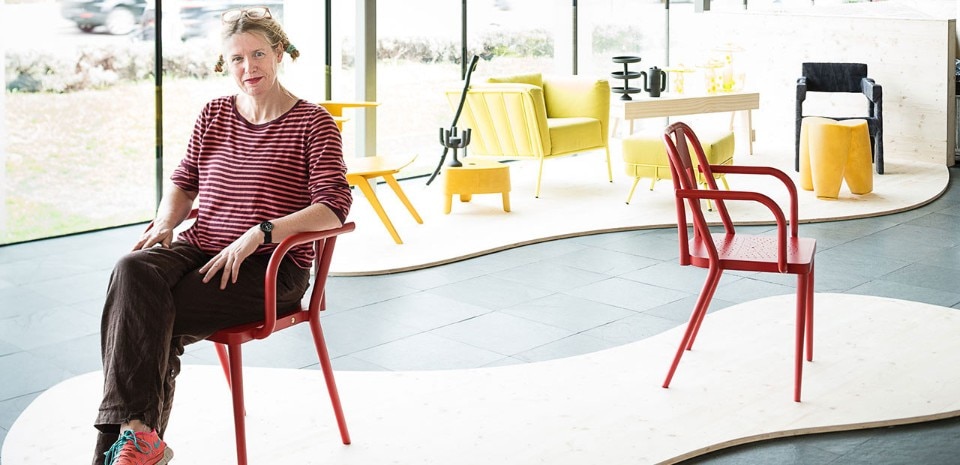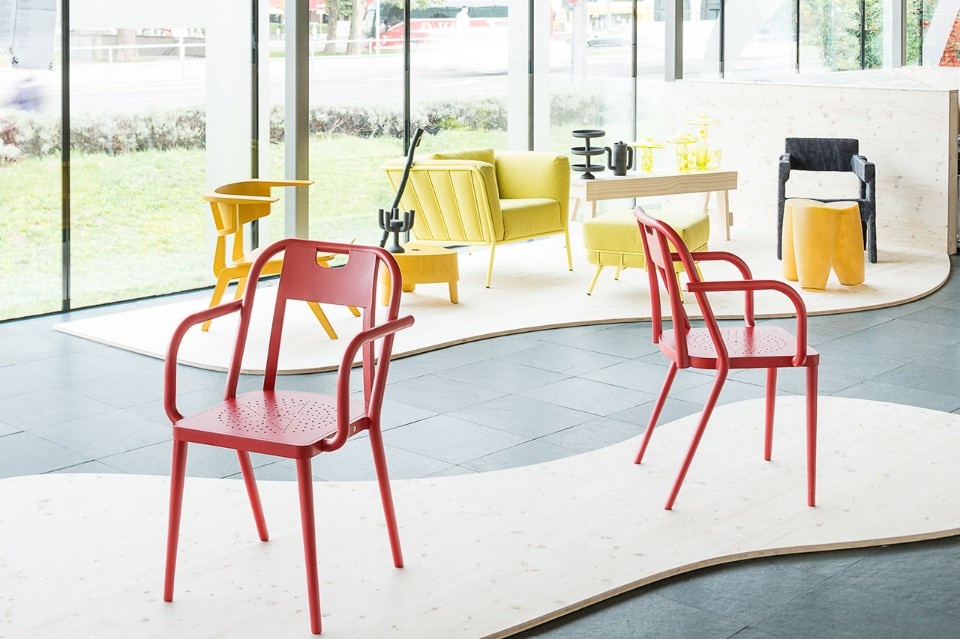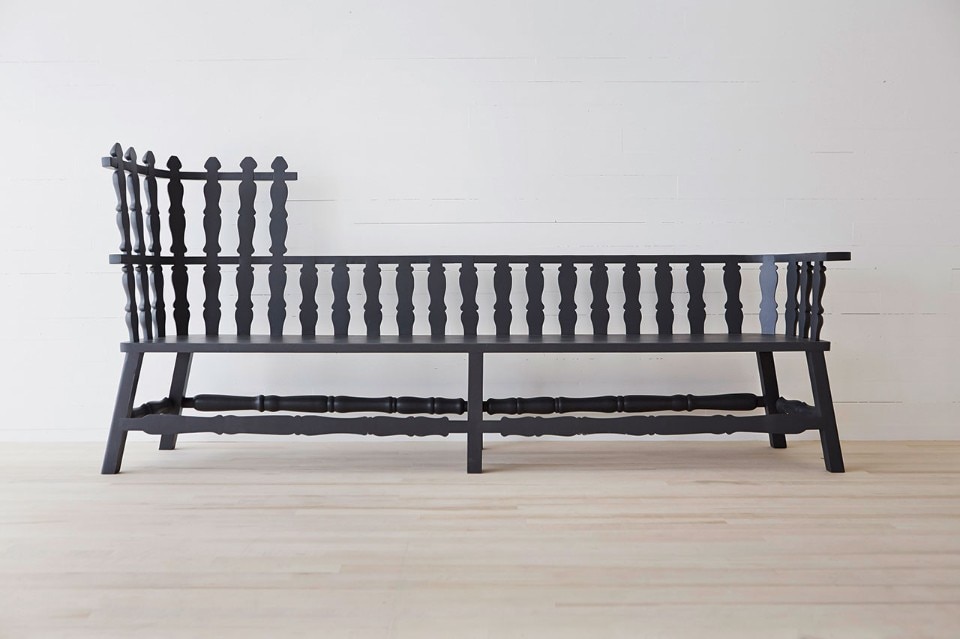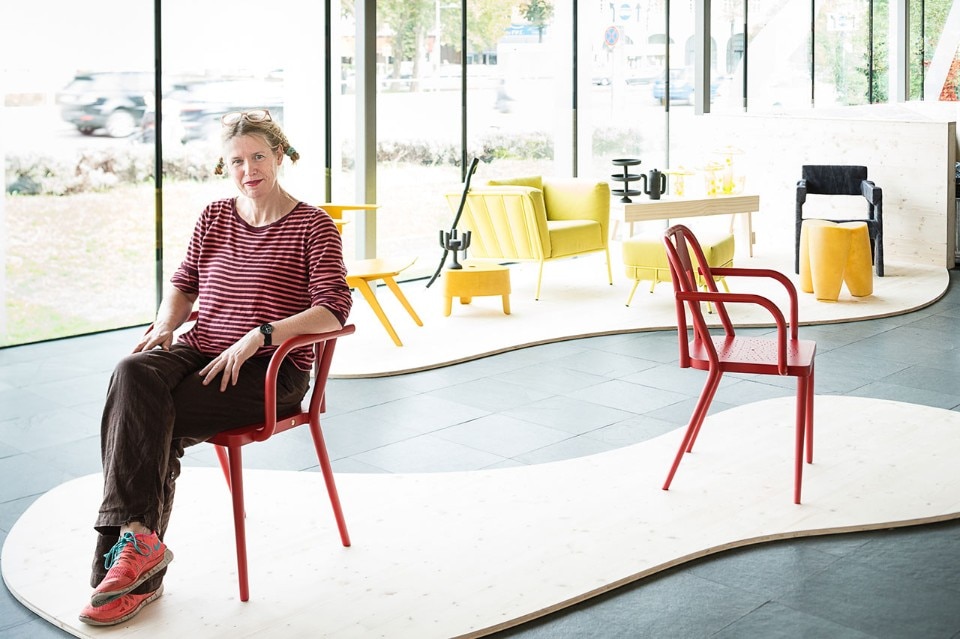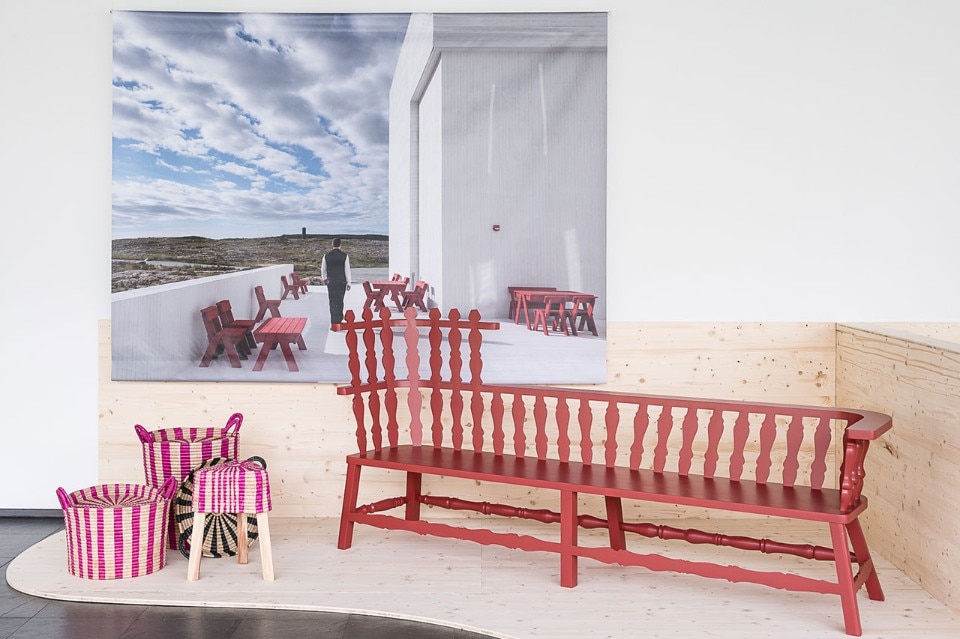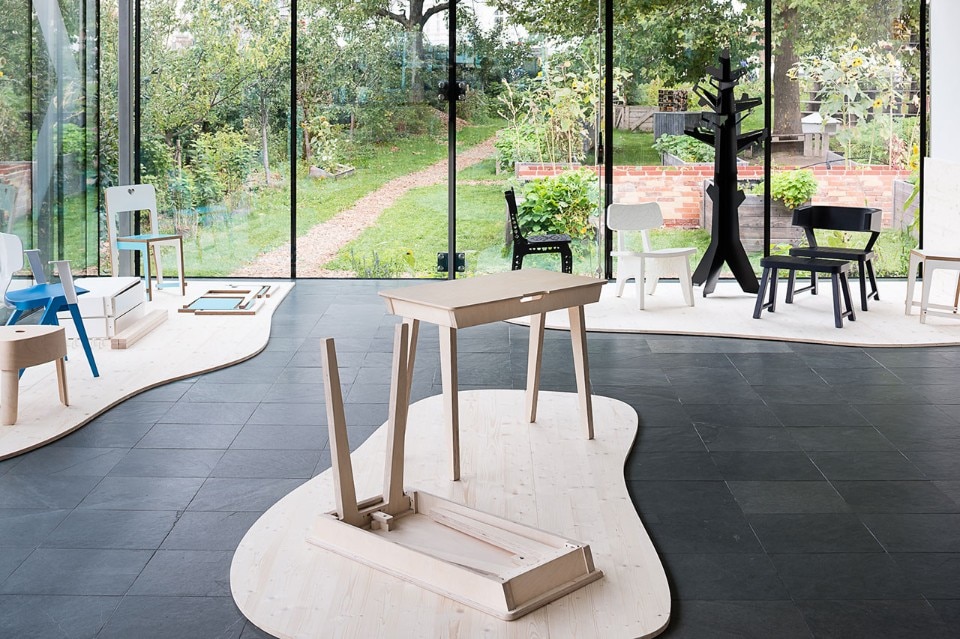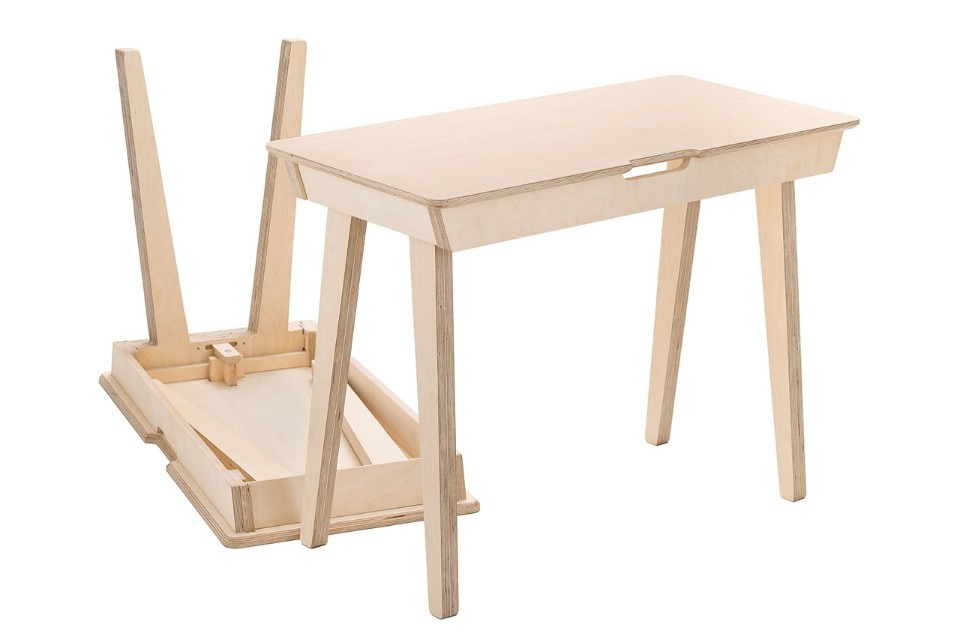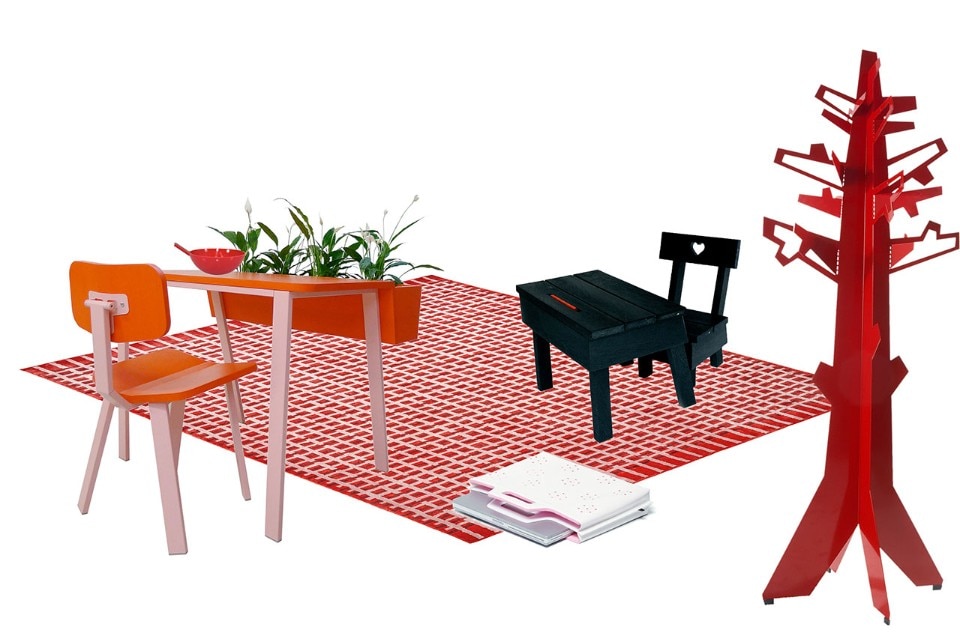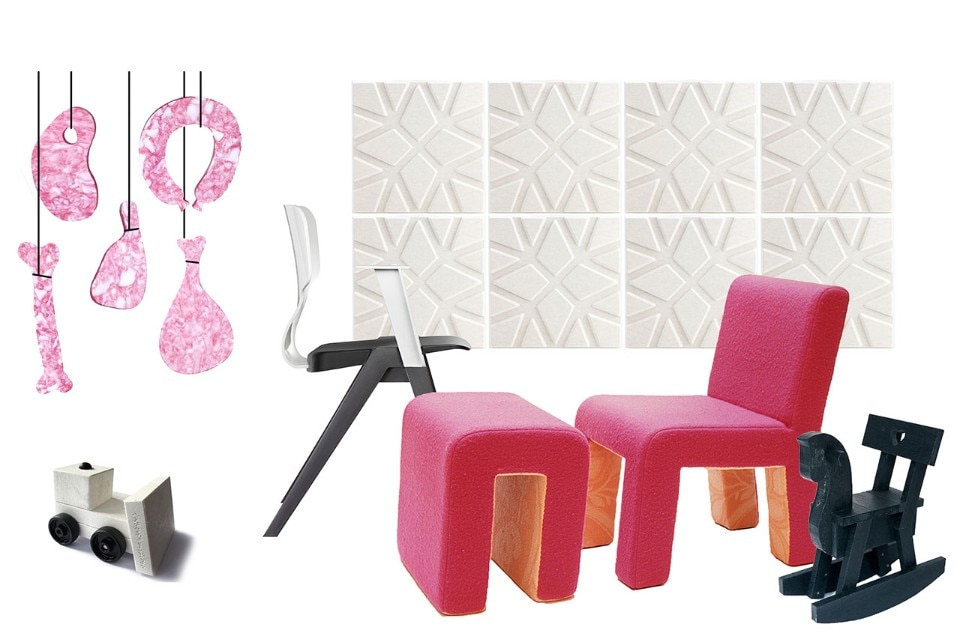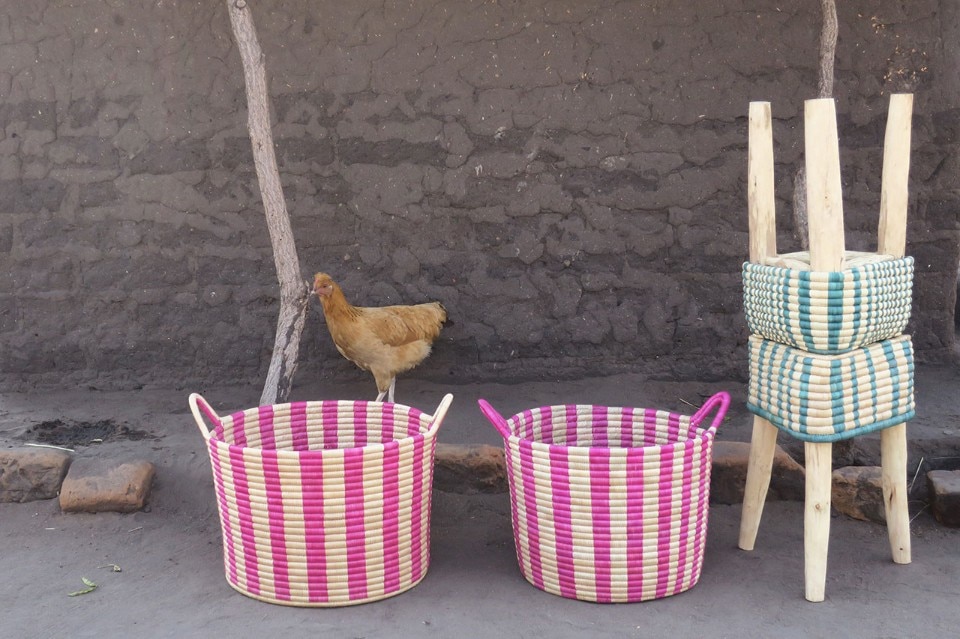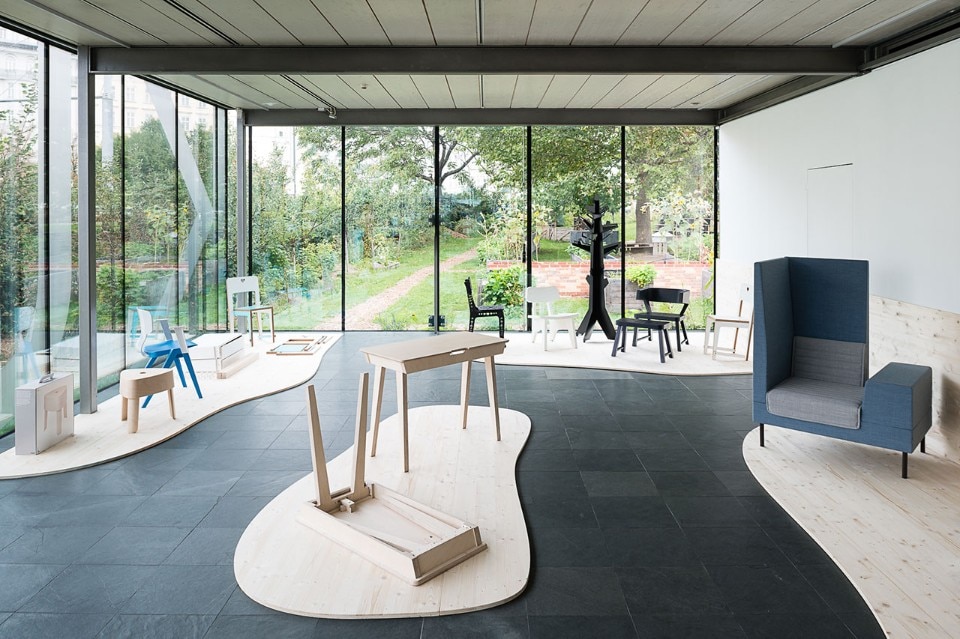
In the exhibition “Was ist Loos?”, Ineke Hans examines the status quo of international design, exploring its relationship to issues in current affairs and our own daily lives. She thereby attributes a certain socio-political responsibility to designers: They need to consider contemporary problems in their own work.
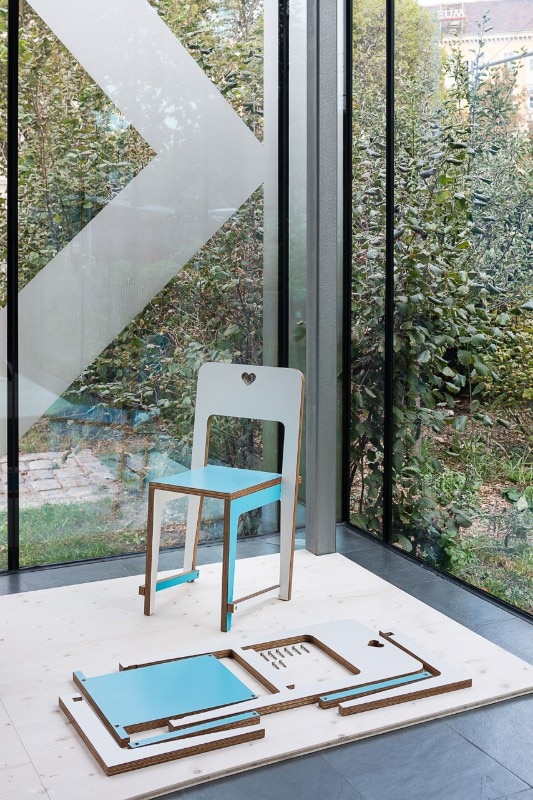
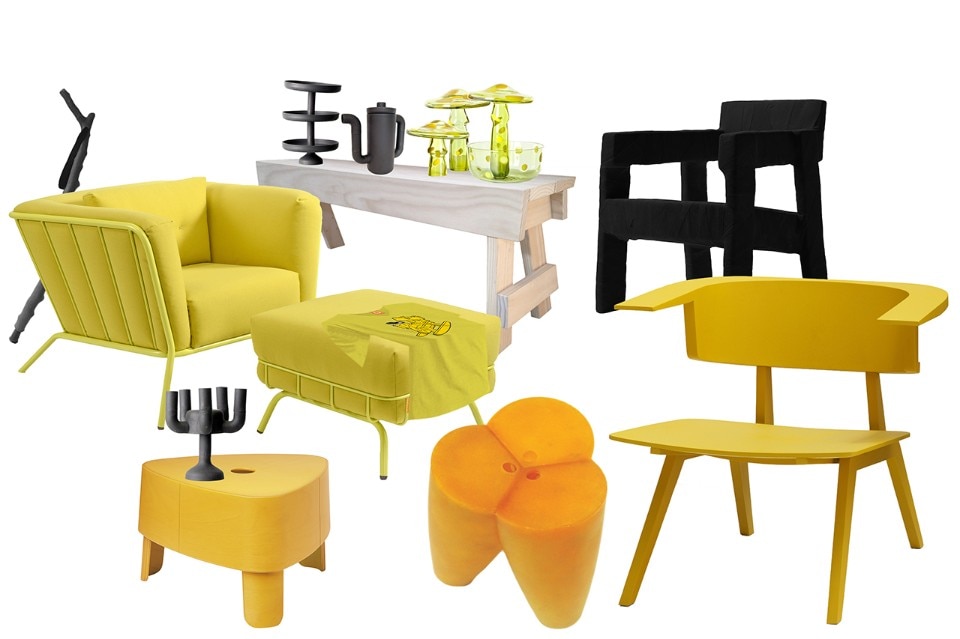
In addition to her new works, Ineke Hans also presents a selection of existing furniture pieces and objects which show or respond to changing social conditions in the design industry, more specifically, in design production and development. The area Making and Making Sense addresses production methods that range from the traditional making of objects to industrial processing and innovative manufacturing techniques. Ineke Hans explores the question of what is made, why it is made, and, above all, how the object is made. A frequent effect of mass production is the resultant loss of knowledge about traditional production techniques and materials. However, such knowledge could be resurrected in the contemporary context and used again in a way that creates meaning. For Ineke Hans, it’s about taking a meaningful and socially engaged approach to exploring available production techniques that transcend the fundamental issues of function and style.
28 September – 12 November 2017
Was ist Loos?
Kunsthalle Wien Karlsplatz
Curator: Juliane Bischoff


